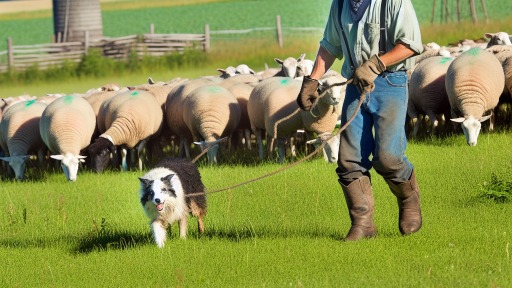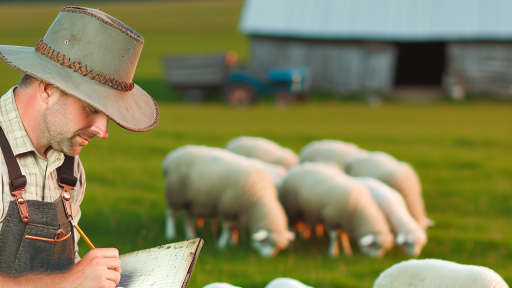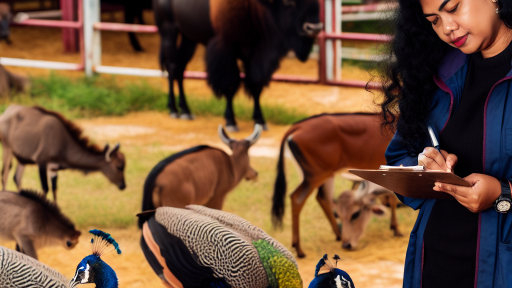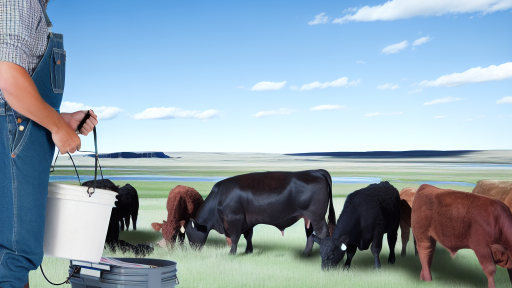Overview of Livestock Waste and its Composition
Understanding Livestock Waste
Livestock waste consists of manure, urine, and bedding materials.
This waste comes from various animals, including cattle, pigs, and poultry.
Each type of livestock produces waste with unique characteristics.
For instance, cattle generate large amounts of manure due to their size.
Poultry waste tends to be more nitrogen-rich than that of other animals.
Components of Livestock Waste
The composition of livestock waste varies significantly based on the animal type.
Manure primarily contains undigested feed, water, and microbial contents.
Urine is rich in nitrogen, phosphorus, and potassium, crucial nutrients for plants.
Additionally, bedding materials such as straw or wood shavings are often mixed in.
This mixture can influence the nutrient composition of the waste.
Environmental Concerns
Improper livestock waste disposal poses serious environmental risks.
Nutrient runoff from waste can contaminate water sources.
Excessive nutrient loading leads to problems like algal blooms in water bodies.
Moreover, pathogens present in waste can threaten public health.
These issues emphasize the importance of effective waste management practices.
Transform Your Agribusiness
Unlock your farm's potential with expert advice tailored to your needs. Get actionable steps that drive real results.
Get StartedThe Importance of Proper Waste Disposal
Efficient waste management can reduce negative environmental impacts.
It also helps recycle nutrients back into the soil, promoting fertility.
Implementing proper disposal methods can safeguard ecosystems and water quality.
Furthermore, sustainable waste practices benefit agricultural productivity.
Addressing livestock waste contributes to a healthier planet.
Types of Livestock Waste
Manure
Manure is a significant byproduct of livestock farming.
It consists mainly of animal feces and urine.
This waste comes from various animals, including cattle and poultry.
Proper management of manure is critical for reducing pollution.
When improperly disposed of, it can contaminate soil and water.
However, manure can also be used as an organic fertilizer.
This practice can enhance soil fertility and structure.
Slaughterhouse Byproducts
Slaughterhouses generate a range of byproducts from animals.
These byproducts include blood, bones, and offal.
Effective disposal methods are essential for these materials.
Without proper treatment, they can lead to environmental hazards.
Some byproducts can be processed into animal feed or compost.
Utilizing these materials reduces waste and promotes sustainability.
Bedding Materials
Bedding materials are often used in livestock housing.
These may include straw, wood shavings, and sawdust.
After use, bedding absorbs moisture and waste products.
Used bedding can create odor and attract pests if not managed well.
Composting is a viable option for repurposing used bedding.
This process can create nutrient-rich compost for farming.
Showcase Your Farming Business
Publish your professional farming services profile on our blog for a one-time fee of $200 and reach a dedicated audience of farmers and agribusiness owners.
Publish Your ProfileTherefore, managing bedding materials responsibly is vital.
Methods of Livestock Waste Disposal
Land Application
Land application involves spreading livestock waste on agricultural fields.
This method recycles nutrients back into the soil.
Farmers often use it to enhance soil fertility.
However, improper application can lead to nutrient runoff.
In addition, runoff can contaminate nearby water sources.
It is crucial to follow best practices to minimize negative impacts.
Composting
Composting transforms livestock waste into organic fertilizer.
This method involves controlled aerobic decomposition.
Microorganisms break down waste, reducing pathogens and odors.
Composted material enriches soil health and structure.
Nevertheless, composting requires careful management of conditions.
Maintaining proper moisture and temperature is essential.
Ultimately, composting offers an environmentally friendly disposal option.
Incineration
Incineration involves burning livestock waste at high temperatures.
This method reduces waste volume drastically.
Moreover, incineration can eliminate harmful pathogens effectively.
Nevertheless, it can release pollutants into the atmosphere.
Consequently, emissions need strict monitoring and control.
Overall, incineration serves as a potent waste disposal method with challenges.
Uncover the Details: Innovative Technologies In Waste Management
Environmental Concerns: Soil Contamination and Nutrient Runoff
Soil Contamination
Livestock waste disposal significantly contaminates soil.
Improper management of this waste leads to the introduction of harmful pathogens.
Specifically, bacteria and viruses can infiltrate the soil, posing health risks.
Additionally, excess nitrogen and phosphorus from waste disrupt soil balance.
These nutrient surpluses degrade soil quality over time.
Consequently, farmers struggle with less fertile land.
Importantly, soil contamination can compromise crop productivity.
Nutrient Runoff
Nutrient runoff occurs when rainfall washes excess waste into waterways.
This runoff introduces pollutants into rivers and lakes.
As a result, aquatic ecosystems suffer from nutrient overload.
Excess nutrients lead to algae blooms, which deplete oxygen.
Such conditions severely impact fish and other aquatic life.
Furthermore, contaminated water affects drinking supplies for communities.
To alleviate these problems, effective waste management practices are essential.
Potential Solutions
Implementing better waste disposal systems can help mitigate these issues.
Agricultural practices should prioritize sustainability and responsible waste use.
Technologies such as anaerobic digestion can convert waste into useful energy.
Additionally, buffer strips can filter runoff before it reaches waterways.
Education about proper waste management techniques is vital for farmers.
Showcase Your Farming Business
Publish your professional farming services profile on our blog for a one-time fee of $200 and reach a dedicated audience of farmers and agribusiness owners.
Publish Your ProfileCollectively, these measures promote a healthier environment.
You Might Also Like: Choosing The Right Materials For Livestock Shelters
Impact on Water Resources
Eutrophication and Water Quality Issues
Livestock waste disposal significantly impacts water resources.
One major concern is eutrophication.
Eutrophication occurs when excess nutrients enter water bodies.
These nutrients primarily come from fertilizers and livestock waste.
As a result, algal blooms can develop in waterways.
These blooms deplete oxygen levels in the water.
This process kills aquatic life, disrupting ecosystems.
Moreover, eutrophication leads to reduced water quality.
High nutrient levels can produce harmful toxins.
These toxins affect drinking water sources and aquatic habitats.
Consequently, water treatment facilities face additional challenges.
They must remove these contaminants, increasing operational costs.
Furthermore, livestock operations often run near water bodies.
Improper waste disposal can result in runoff during rainstorms.
This runoff carries pollutants directly into waterways.
Residents and communities face increased health risks.
Exposure to contaminated water can lead to serious illnesses.
Addressing Water Quality Issues
Some solutions can mitigate these environmental impacts.
Implementing better waste management practices is crucial.
Farmers can utilize anaerobic digesters to process waste.
This technology reduces nutrient runoff and generates energy.
Additionally, buffers or vegetated strips can be effective.
These strips filter runoff before it reaches water bodies.
Education and outreach programs also play a vital role.
Raising awareness about best practices enhances compliance.
Collaboration between farmers and environmental agencies is essential.
Together, they can develop strategies to protect water quality.
Each of these measures contributes to healthier ecosystems.
They ultimately lead to improved water quality for everyone.
Uncover the Details: Managing Livestock Manure For Soil Health
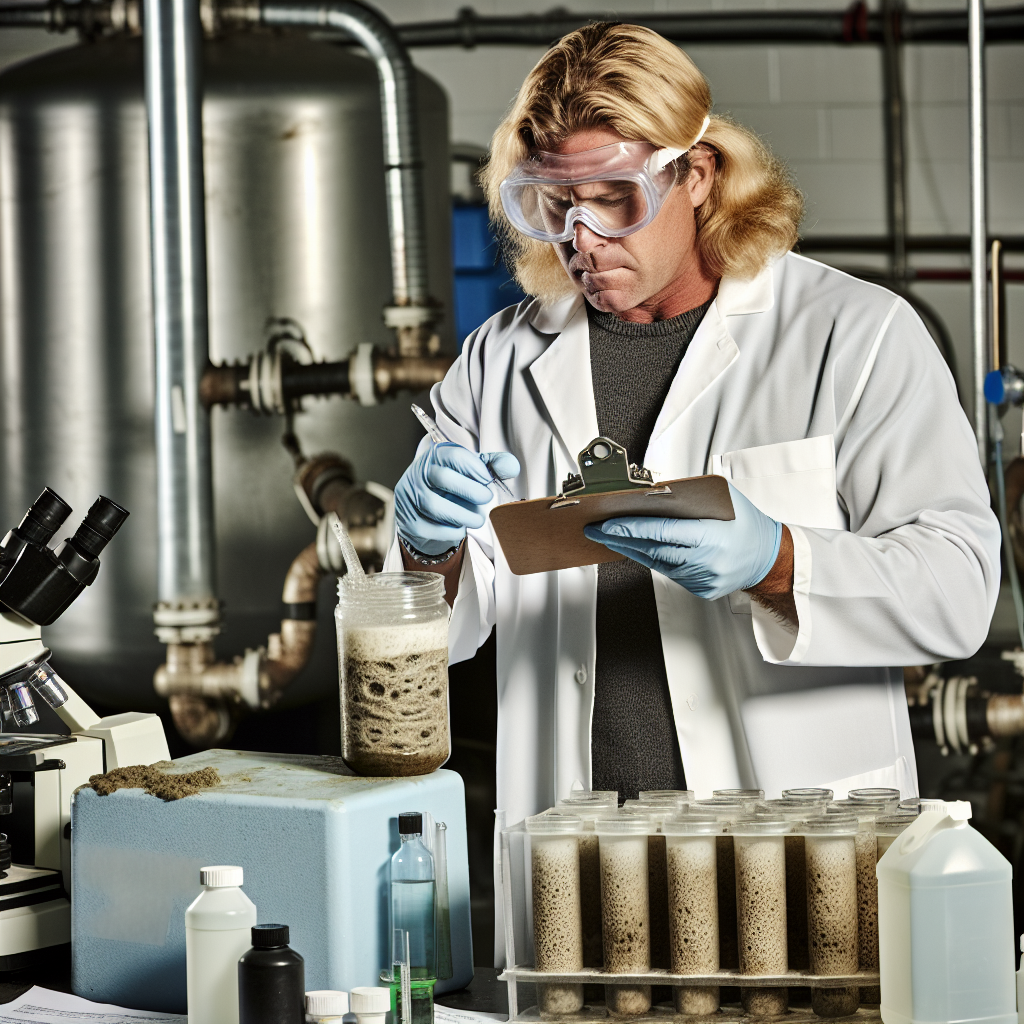
Greenhouse Gas Emissions
Methane Production
Methane is a potent greenhouse gas emitted from livestock waste.
This gas has a significant warming potential compared to carbon dioxide.
Cow manure is particularly rich in methane.
Effective waste management can help reduce methane emissions.
For instance, using anaerobic digestion captures methane for energy use.
This method not only mitigates emissions but also provides renewable energy.
Nitrous Oxide Emissions
Nitrous oxide is another potent greenhouse gas linked to livestock waste.
This gas arises from the application of fertilizers derived from animal manure.
Showcase Your Farming Business
Publish your professional farming services profile on our blog for a one-time fee of $200 and reach a dedicated audience of farmers and agribusiness owners.
Publish Your ProfileLivestock waste contributes to high levels of nitrous oxide production.
The global warming potential of nitrous oxide is even greater than methane.
Implementing best management practices can alleviate these emissions.
Some of these practices include optimizing fertilizer application and crop rotation.
Overall Impact on Climate Change
The combined emissions from livestock waste significantly impact climate change.
These gases contribute to global warming and air quality deterioration.
Addressing livestock waste management is crucial in combating climate issues.
Farmers can adopt sustainable practices to lower their carbon footprint.
Collaboration among agricultural sectors is essential for greater impact.
By changing waste disposal techniques, we can enhance environmental outcomes.
Discover More: Best Practices for Safe Livestock Transportation
Regulatory Framework
Introduction to Waste Management Regulations
Effective waste management regulations are essential for sustainable livestock farming.
These regulations help mitigate the environmental impact of livestock waste.
Compliance ensures farmers maintain public health and protect natural resources.
Overview of Guidelines
Guidelines provide a framework for responsible waste disposal practices.
They include specific methodologies to handle, treat, and recycle waste.
Additionally, guidelines emphasize the importance of record-keeping for compliance.
Best Practices for Waste Management
Implementing best practices improves overall farm sustainability.
Farmers should adopt practices that minimize waste generation and enhance efficiency.
Regular maintenance of waste management systems reduces potential risks.
Importance of Nutrient Management
Nutrient management is crucial for effective waste disposal.
Properly managing nutrients prevents over-fertilization of soil and water bodies.
This approach also promotes soil health and boosts crop yields.
Techniques for Waste Disposal
Farmers can utilize several disposal methods, including composting and anaerobic digestion.
Composting transforms waste into valuable organic fertilizers.
Anaerobic digestion converts waste into biogas, a renewable energy source.
Monitoring and Compliance
Regular monitoring ensures adherence to waste management regulations.
Compliance checks help identify potential areas for improvement.
Farmers should stay informed about changing regulations and best practices.
Community Involvement
Engaging local communities fosters support for sustainable waste practices.
Farmers can share resources and knowledge to develop better waste management solutions.
This collaboration benefits both farmers and local ecosystems.
Sustainable Alternatives: Innovations in Waste Recycling and Treatment
Understanding Livestock Waste Challenges
Livestock waste poses significant environmental concerns.
This issue includes nutrient runoff and greenhouse gas emissions.
Consequently, effective waste management becomes crucial.
Innovative solutions are necessary to address these challenges.
Innovative Waste Recycling Techniques
Various techniques have emerged for recycling livestock waste.
Composting is a popular method among farmers.
This process transforms waste into nutrient-rich soil amendment.
Moreover, anaerobic digestion captures methane gas for energy.
Showcase Your Farming Business
Publish your professional farming services profile on our blog for a one-time fee of $200 and reach a dedicated audience of farmers and agribusiness owners.
Publish Your ProfileThis method reduces greenhouse gas emissions significantly.
Integration of Waste Treatment Technologies
Advanced technologies now enhance waste treatment options.
Mechanical separation extracts solid and liquid components effectively.
This approach optimizes nutrient recovery and utilization.
Furthermore, biofiltration systems improve air quality on farms.
These systems minimize odors and harmful emissions.
Collaboration with Agricultural Startups
Many innovative solutions come from collaborations with startups.
For instance, EcoAnimal Solutions develops smart waste management systems.
Their technology monitors waste generation in real-time.
As a result, farmers can optimize resource use and reduce waste.
Policy Support for Sustainable Waste Management
Government policies play a vital role in promoting sustainable practices.
Incentives encourage farmers to adopt new waste recycling methods.
Additionally, funding for research enhances technology development.
Working together, policymakers and farmers can create lasting change.
Additional Resources
Impacts of Waste from Concentrated Animal Feeding Operations on …
(Part 2) From Field to Bin: The Environmental Impacts of U.S. Food …

